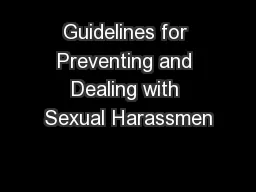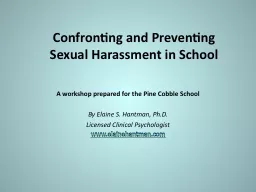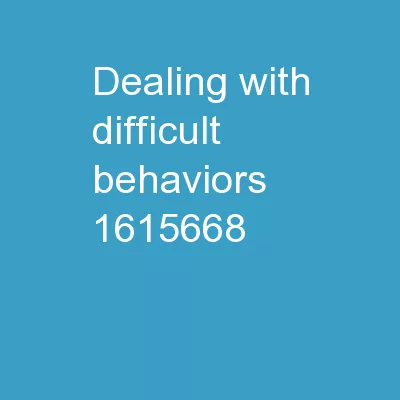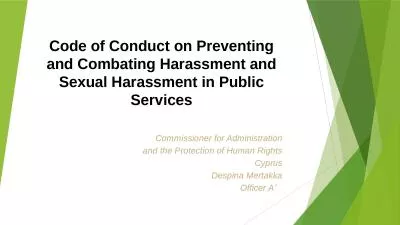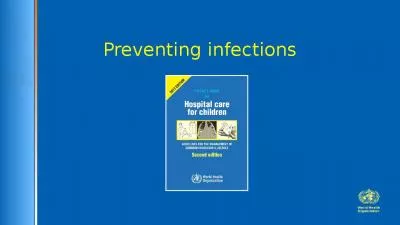PPT-Guidelines for Preventing and Dealing with Sexual Harassmen
Author : tatyana-admore | Published Date : 2016-03-15
201415 Presented by Dr Vardita Gur Mike Garmise amp Yael Hittin Head Personnel Members of the Committee to Prevent Sexual Harassment at the Academic College
Presentation Embed Code
Download Presentation
Download Presentation The PPT/PDF document "Guidelines for Preventing and Dealing wi..." is the property of its rightful owner. Permission is granted to download and print the materials on this website for personal, non-commercial use only, and to display it on your personal computer provided you do not modify the materials and that you retain all copyright notices contained in the materials. By downloading content from our website, you accept the terms of this agreement.
Guidelines for Preventing and Dealing with Sexual Harassmen: Transcript
Download Rules Of Document
"Guidelines for Preventing and Dealing with Sexual Harassmen"The content belongs to its owner. You may download and print it for personal use, without modification, and keep all copyright notices. By downloading, you agree to these terms.
Related Documents

